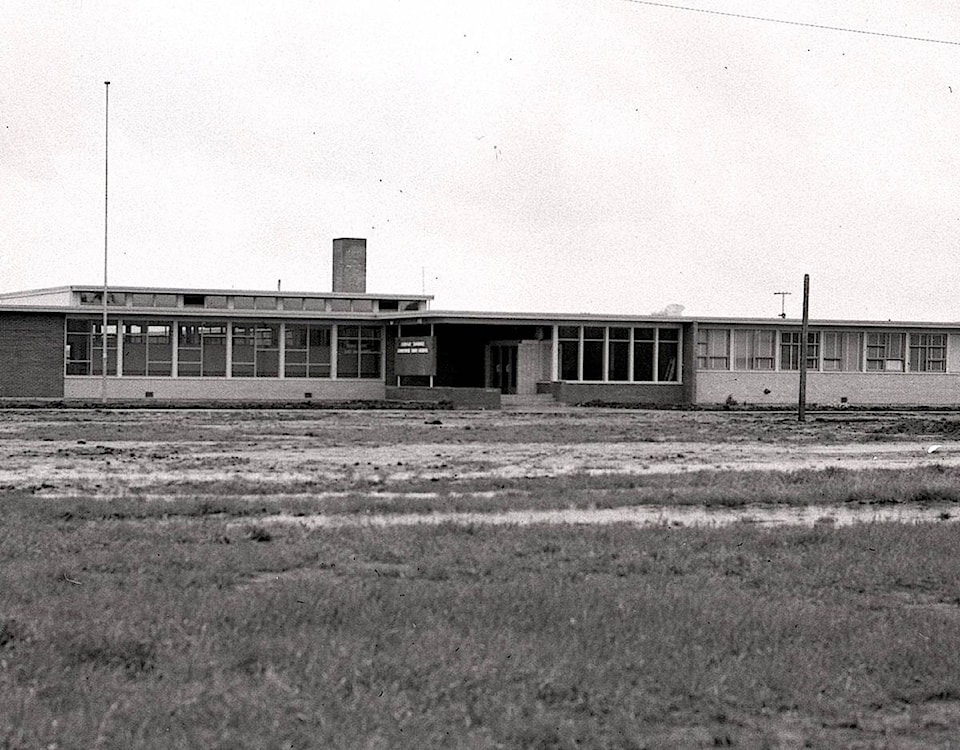Unfortunately, the summer of 2019 has generally been cool and wet.
July, in particular, was one of the wettest experienced in many years. However, while this year has been cooler and wetter than usual, as anyone who studies Alberta history can attest, there is very little in this area that can truly be called “unprecedented” weather.
One example of a cool and very wet summer occurred 65 years ago, in 1954. At the start, June was somewhat cooler than usual, but the amount of precipitation was not too far off the monthly average.
July was somewhat wetter, but not abnormally so. Temperatures remained relatively cool. There was only one day – July 5 – when the thermometer rose above 30 C.
Also, there was one incredibly heavy rainstorm July 17. More than 20 millimetres of rain fell in less than an hour. Several basements around Red Deer flooded, particularly after the sanitary sewers backed up.
There were a number of spectacular thunderstorms throughout the month that caused power outages in various parts of the city. There was a bad hailstorm July 27 that seriously damaged crops south of Red Deer.
Nevertheless, there were still a number of reasonably nice days. Both the annual Benalto Stampede and the Red Deer Exhibition enjoyed good weather. Excellent crowds, consequently, turned out for these events.
The weather took a dramatic turn for the worse at the beginning of August. Another severe electrical storm hit Aug. 2.
More than 60 millimetres of rain fell that day, with another 42 millimetres falling the next day.
Once again, several basements were flooded, mainly from the sanitary sewers backing up. There was a widespread power outage when an electrical transformer on 55th Street caught fire after a lightning strike.
With the increasing number of sanitary sewer backups, city council began to consider whether to increase the extent of the storm sewers in Red Deer.
An ambitious public works program had already been undertaken, including the reconstruction of Ross Street up Michener Hill, and significant improvements to Gaetz Avenue to handle the increasingly heavy traffic loads.
Moreover, Red Deer was entering a major boom with a rapid growth in population. New subdivisions were springing up, particularly on the south and east sides of the community. Red Deer was starting to hit the upper limits on allowable borrowing for public works.
Nevertheless, both council and the public agreed much more needed to be done to improve the handling of runoff and to prevent raw sewage from backing up into people’s basements.
While August had started off with a literal bang, the rest of the month remained cool and wet.
There were only five days in all of August when rain did not fall, and some of those were still cloudy. The installation of roads and sidewalks, particularly in the new subdivisions, fell seriously behind.
People increasingly complained that access to their homes and businesses were nothing but a muddy, almost impassable, morass.
According to the Red Deer Advocate, “the barometer stayed steady and it rained; the barometer went down and it rained; and the barometer went up and it rained. In fact, it just rained.”
By the end of August, the incredible wet weather (almost 250 millimetres of rain in a month), caused flooding on the Red Deer River.
By Aug. 31, the river was flowing at 3.5 metres above normal. While there was little serious damage in Red Deer, it was not the case in the West Country.
At one point, Sundre was cut off due to severe flooding on the Red Deer River and Bearberry Creek. Meanwhile, Sylvan Lake began to rise to the highest levels ever recorded.
As fall approached, the annual harvest fell seriously behind as farmers struggled with water-logged fields. Even the cutting of hay suffered because of drowned pastures and the inability to get mowers out into the fields.
Conditions for farmers got even worse with some early September snowfalls and killing frosts. The quality of the crops consequently declined significantly.
A lot of grain was converted to feed. As it was, by the time winter set in at the end of October, many fields remained unthreshed. Farmers would have to wait until spring to finish up the harvest.
Red Deer historian Michael Dawe’s column appears Wednesdays.
